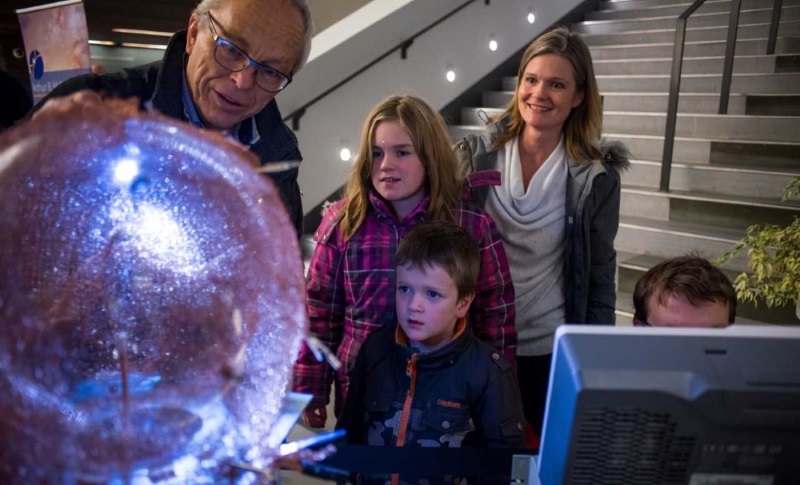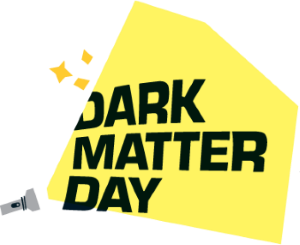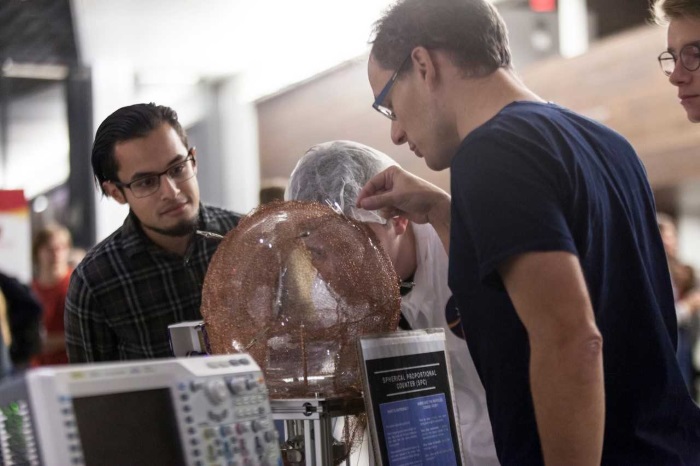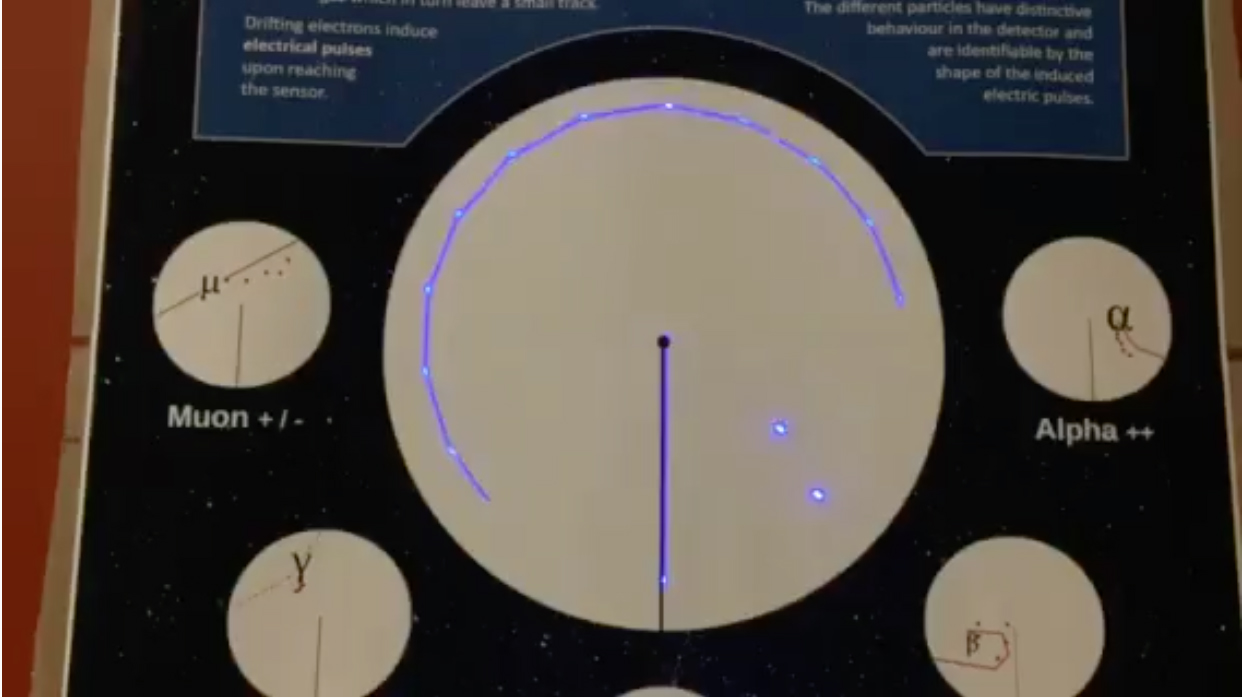
NEWS-G has been recently involved in two outreach events hosted by Queen’s University (Kingston, ON, Canada): Dark Matter Day 2018, and IGnite.
On November 10th the McDonald Institute and Queen’s University co-organized the very successful second annual Dark Matter Day. People were invited to hear talks on the first astronomical hints of Dark Matter’s existence, what it might be made of, and how we are trying to find it. This was followed by tours of the Queen’s University Observatory and the McDonald Institute Visitor Centre, exhibits, fun games and activities.


On November 15th, the McDonald Institute – in collaboration with Queen’s University – launched IGnite (Inspiring Generations through research), a new events series which goal is to showcase the breadth of research happening across the university to all audiences (with a special focus on getting young people interested in science and research). This first open and accessible event (one of a three-part series for the 2018-2019 academic year) featured two celebrated Queen’s researchers: Dr. Ken Clark and Dr. Jacalyn Duffin. In addition to the exciting talks, students and faculty were presenting experiment demonstrations, research posters, and photographs, providing lots of chances to meet and
The Queen’s NEWS-G team actively participated in these two highly successful events by demonstrating our glass sphere detector and a laser display.

The glass sphere is a stand-alone Dark Matter detector which allows everyone to see what is inside of the vessel. It functions in the same way as our other spherical detectors: the sphere is filled with gas, and when particles pass through the gas, they can bump into gas atoms and free some electrons, which are pulled towards the sensor at the center of the sphere by the electric field created by the high voltage sensor. These drifting electrons induce electrical pulses upon reaching the sensor.
The laser display is a system developed by NEWS-G at Queen’s University to show what is happening inside the detector. The particle interactions we observe are not able to be seen by the naked eye because of the very small energies involved. To demonstrate the invisible physics occurring in our detectors, this system depicts particle interactions in the sphere with a laser show on a wall or poster. The laser illustrates particles colliding with a gas atom, creating small dots which represent the electrons that will drift toward the sensor at the center of the sphere. Upon reaching the sensor, these electrons will give rise to an electric pulse that will also be drawn by the laser as the electrons go down the rod.
 Queen's Physics Department
Queen's Physics Department


